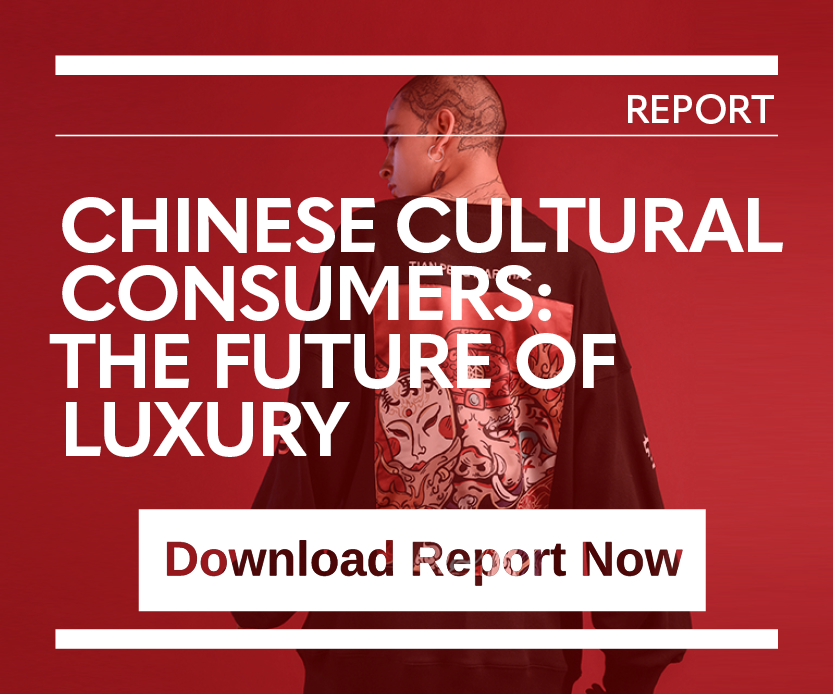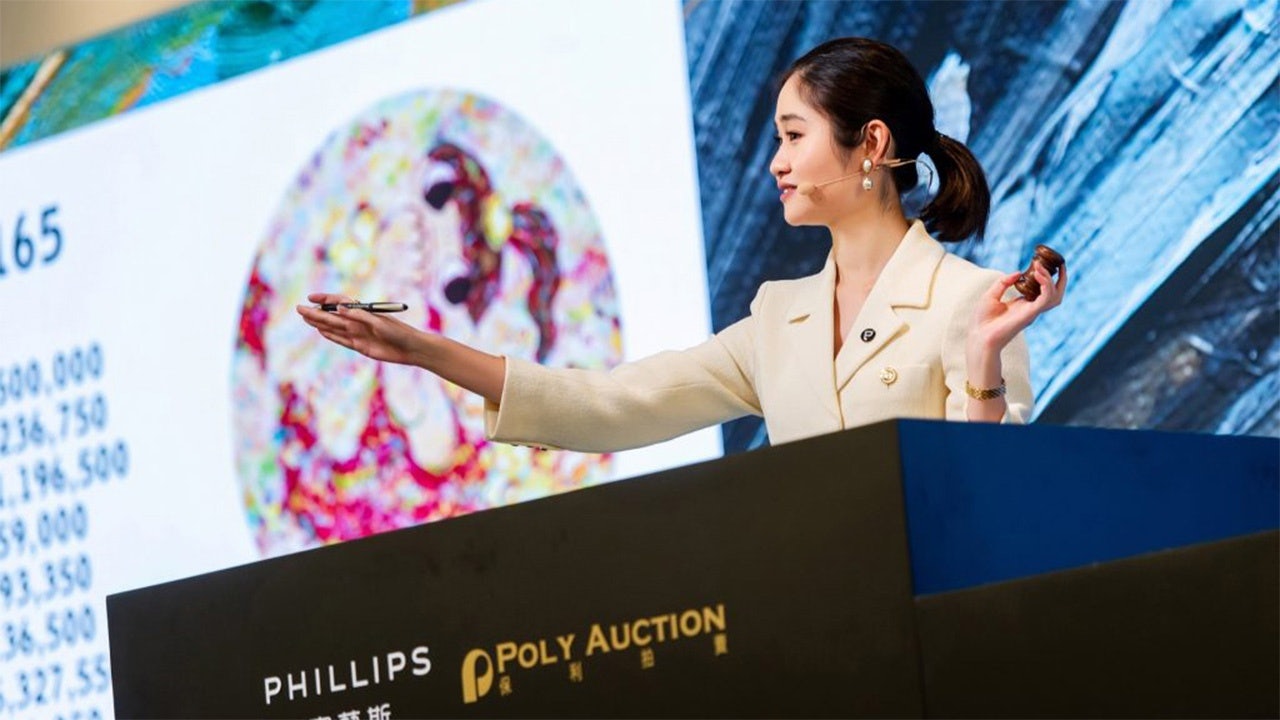The following is an excerpt from the newly published second edition of Jing Daily’s report#
Winning China’s High-Spending Cultural Consumer: The Future Of Luxury#
, packed with all-new data, case studies, and exclusive interviews. Get your copy today on our#
Reports#
page.#
For those working with the China market, the focus has officially shifted away from millennials and toward Gen Z. But brands, institutions, and organizations that want to stay ahead of the curve must look beyond generational demographics and turn their attention to a new type of grouping: the Chinese Cultural Consumer (CCC).
Within that crucial realm of luxury consumption sits the Chinese art collector. “When we speak to these collectors, they're not limited only to street art, sneakers, toys, and all that. It's more about lifestyle in general for them,” said Isaure de Viel Castel, Head of 20th Century Contemporary Art Department at Phillips. “They collect the rare sneakers, and they like to buy collectibles because it's so much fun, and they’ll follow the artist and what the artist is doing.”
Expanding on that topic and providing you with a more detailed breakdown of the Chinese art collector, below are three defining characteristics taken from Winning China’s High-Spending Cultural Consumer: The Future Of Luxury.
Think 360-degree consumption#
The CCC’s deep interest in culture is largely unaffected by commercial considerations. According to Karl Cyprien, managing director of Archive Editions, the China-specific platform launched by artist Daniel Arsham, “The hierarchy between the mediums is relatively nonexistent compared to the West.” The CCC cannot be likened to classic art collectors, Cyprien said, as they act in an educated, fan-like fashion, collecting and consuming culture in all its facets, whether through branded merchandise or works of art.

Popular culture and collaboration is king#
Despite the rise of national pride in recent decades, eyes continue to be drawn to the global stage. Joseph Yang, Senior Specialist, Modern and Contemporary Art Department, Poly Auction explained, “Although young Chinese collectors are its key target demographic, art originating from popular culture has surprisingly drawn the attention of seasoned collectors. Artworks are, after all, all about diversified styles and ideas; they follow the path of development in arts history.”
The CCC’s habits are still largely driven by their understanding of global pop culture, which also explains their attraction to cross-sector collaboration. Understanding a well-curated marriage of significant names is the ultimate badge of culture capital in China.
Collaborations can serve as a gateway for art consumption as well, with collectible toy figurines by the likes of KAWS or Daniel Arsham serving as a route for young Chinese to take their first steps into the art world, as highlighted by X Museum co-founder Michael Xufu
.#
Our Jing Daily survey for the report found that exclusivity, status, and cultural significance were the next most important factors driving the CCC — all of which characterize a demographic of aspiration-led consumers, whose choices enhance their personal cultural capital through globally relevant signifiers and exhibit a well-rounded awareness of value.
Younger generations lead the way#
Newer buyers, particularly those with overseas education or work experience, have driven demand for Western and modern and contemporary art. While this interest is unlikely to challenge the overall dominance of Chinese art, it will continue to incentivize major auction houses to expand their business portfolios. One case in point is Sotheby’s Hong Kong’s Spring 2021 contemporary art evening sales featuring works by foreign artists, including from younger generations.
The auction set a record for a single offering of Western contemporary art in Asia at HKD 573.2 million ($73.8 million). It also earned a record high of HKD 952 million (about $122.5 million) in total sales and all 21 items offered were sold.

Last year, the dual auctions from Phillips and Poly Auction of 20th century and contemporary art and design in Hong Kong boasted a 100 percent sell-through rate for a combined total of HKD 701.5 million ($90.4 million) and set records for 17 artists. Fueled by the need to adapt to the impact of the pandemic and attract more digitally savvy young consumers, auction houses have been diversifying their businesses beyond public auctions and private sales. Emerging strategies include collaborations along with livestreams and virtual events.
In February 2021, Sotheby’s partnered with Italian luxury brand Bulgari for its “Masters Week” auction.The event included a livestream, “From Bernini to Bulgari: The Beauty of Baroque,” featuring Bulgari’s creative director for jewelry, Sotheby’s executives, and a British art historian discussing the background behind a piece at auction. Bulgari also provided the jewelry items worn by some of Sotheby’s specialists during the auction.
According to Yang, “There are many collectors who were born in the 1990s. Some of them have collections which are very international, encompassing many key international artworks; some collectors favor things that are more personal and more influential.”

